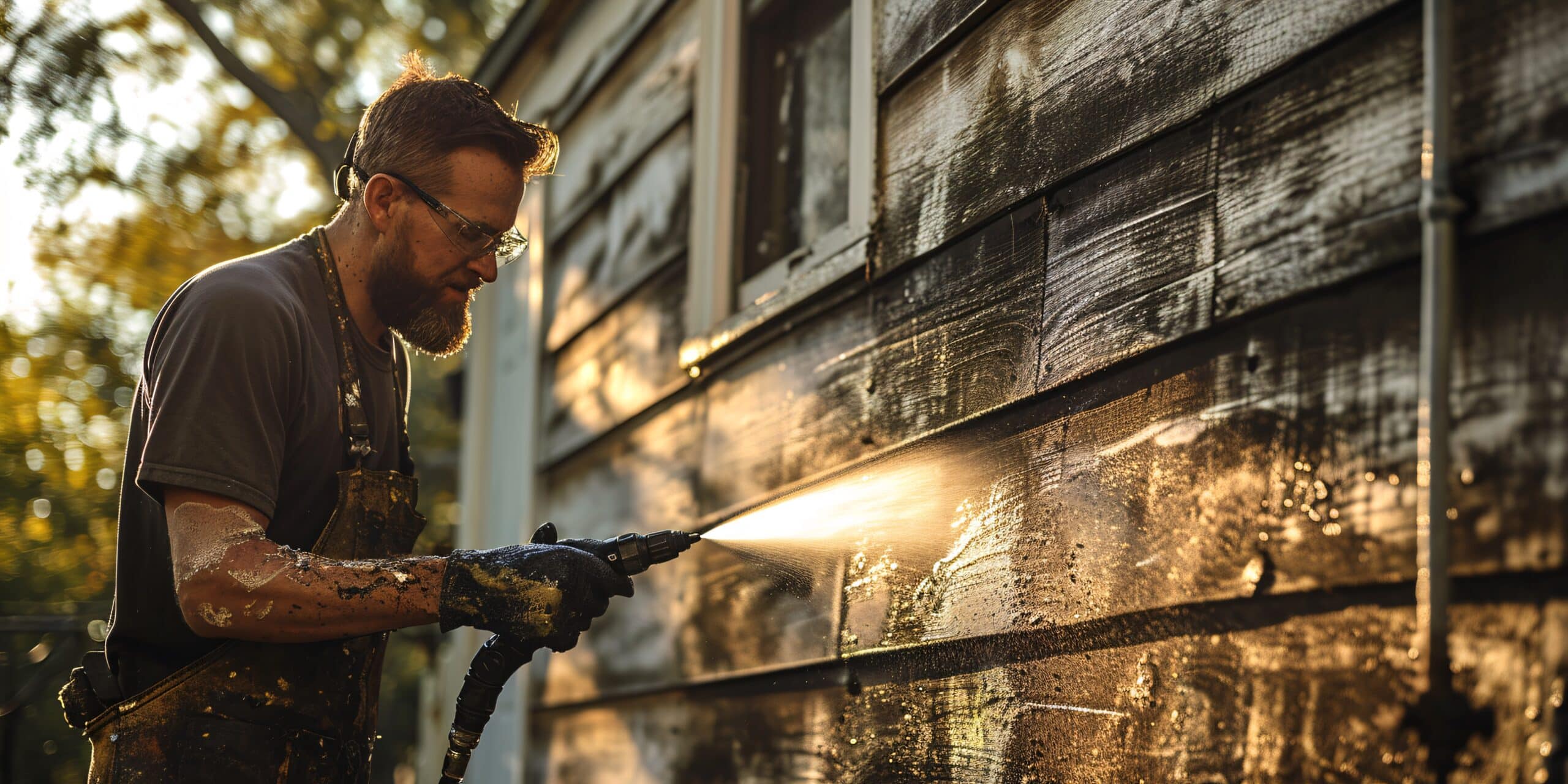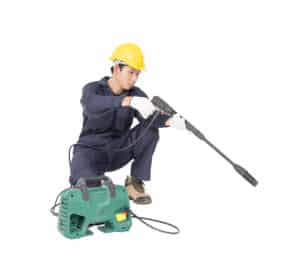How Does a Gasoline-Powered Pressure Washer Work?
Key Takeaways
- A gasoline-powered pressure washer uses a four-cycle engine to drive the pump, which creates high-pressure water flow for cleaning surfaces.
- The key components of a gasoline-powered pressure washer include the fuel tank, water inlet, pump, trigger gun and high-pressure hose, and nozzle.
- To use a gasoline-powered pressure washer, you need to fill the fuel tank with gasoline, connect a garden hose to the water inlet, attach the high-pressure hose to the pump outlet and trigger gun, select the appropriate nozzle, turn on the water supply, and start the pressure washer before directing the pressurized water towards the surface.
Gasoline-powered pressure washers are powerful tools that help us effectively clean various surfaces, from driveways to outdoor furniture. Understanding how they work can give us a better idea of how to use them safely and efficiently.
Overview of a Gasoline-Powered Pressure Washer
A gasoline-powered pressure washer operates by using a four-cycle engine to drive the pump, which creates high-pressure water flow. This high-pressure water is then used to clean dirt, grime, and other debris from surfaces.
The Working Principle
The working principle of a gasoline-powered pressure washer involves several key components that work together to generate the necessary pressure for cleaning. Let’s take a closer look at each of these components:
1. Fuel Tank
The fuel tank is where gasoline is stored to power the pressure washer’s engine. To operate a gasoline-powered pressure washer, you need to fill the fuel tank with gasoline. It is important to note that gasoline pressure washers should not be used with fuel containing more than 10% ethanol, as it can damage the fuel system.
2. Water Inlet
The water inlet is where you connect a garden hose to supply water to the pressure washer. The garden hose provides a constant flow of water that is then pressurized by the pump.
3. Pump
The pump is the heart of the pressure washer. It is responsible for creating the high-pressure water flow needed for cleaning. In a gasoline-powered pressure washer, the pump is driven by a four-cycle engine. When the engine is started, it drives the pump to generate the necessary pressure.
4. Trigger Gun and High-Pressure Hose
The trigger gun is the device that allows you to control the flow of pressurized water. It is connected to the pump via a high-pressure hose. When you pull the trigger on the gun, pressurized water is released, allowing you to direct it towards the surface you want to clean.
5. Nozzle
The nozzle is an essential component that determines the spray pattern and pressure of the water. Different cleaning tasks require different nozzle types. A narrow nozzle generates a concentrated and powerful stream of water, while a wider nozzle creates a broader spray pattern with less pressure. By selecting the right nozzle, you can optimize the cleaning performance for various surfaces and tasks.
Using a Gasoline-Powered Pressure Washer
Now that you understand the working principle of a gasoline-powered pressure washer, let’s walk through the steps of using one:
- Fill the fuel tank with gasoline, ensuring it does not contain more than 10% ethanol.
- Connect a garden hose to the water inlet of the pressure washer.
- Attach the high-pressure hose to the pump outlet and trigger gun.
- Select the appropriate nozzle for the cleaning task at hand.
- Turn on the water supply.
- Start the pressure washer using either the electric start button or the manual start pulley.
- Once the pressure washer is started, you can begin cleaning by pulling the trigger on the gun and directing the pressurized water towards the surface.
Remember to follow the manufacturer’s instructions and safety guidelines when operating a gasoline-powered pressure washer. Always wear appropriate protective gear, such as safety goggles and gloves, and be cautious of the powerful spray.
Conclusion
Gasoline-powered pressure washers are valuable tools for cleaning a wide range of surfaces. They rely on a four-cycle engine to drive the pump, which generates high-pressure water flow. By understanding the working principle and following the proper usage steps, you can make the most out of your pressure washer and achieve optimal cleaning results.
Related Websites:
FAQs:
Q: What are the benefits of using a gasoline-powered pressure washer?
Using a gasoline-powered pressure washer offers several benefits. It provides a higher level of power and pressure compared to electric models, making it suitable for tackling tough cleaning tasks. Gasoline-powered pressure washers are also portable and do not require a direct power source, allowing you to use them in remote locations. Additionally, they are versatile and can be used for a range of applications, including cleaning vehicles, driveways, decks, and more.
Q: How does the engine power a gasoline-powered pressure washer?
The engine of a gasoline-powered pressure washer powers the unit through a series of stages. First, it intakes fuel and goes through a combustion process, generating mechanical energy. This energy is then transmitted to the pump, which amplifies the water pressure. The pump pressurizes the water by drawing it in, filtering it, and then forcing it out at high pressure through the nozzle.
Q: What safety precautions should I take when using a gasoline-powered pressure washer?
When using a gasoline-powered pressure washer, it is important to take certain safety precautions. Always wear eye and ear protection to safeguard against debris and noise. Proper clothing and footwear should be worn to protect against potential hazards. Avoid contact with electrical sources to prevent electric shock. Additionally, be cautious when handling the nozzle and wand, as the high-pressure water stream can cause injury if not used properly.
Q: What are some common troubleshooting tips for a gasoline-powered pressure washer?
If you encounter issues with your gasoline-powered pressure washer, here are some common troubleshooting tips. If the engine has starting problems, ensure that the fuel is fresh and the spark plug is in good condition. For loss of pressure, check for clogs or obstructions in the nozzle, hose, or wand. Leakage or blockage issues can often be resolved by inspecting and replacing damaged or worn-out parts, such as seals or O-rings.






